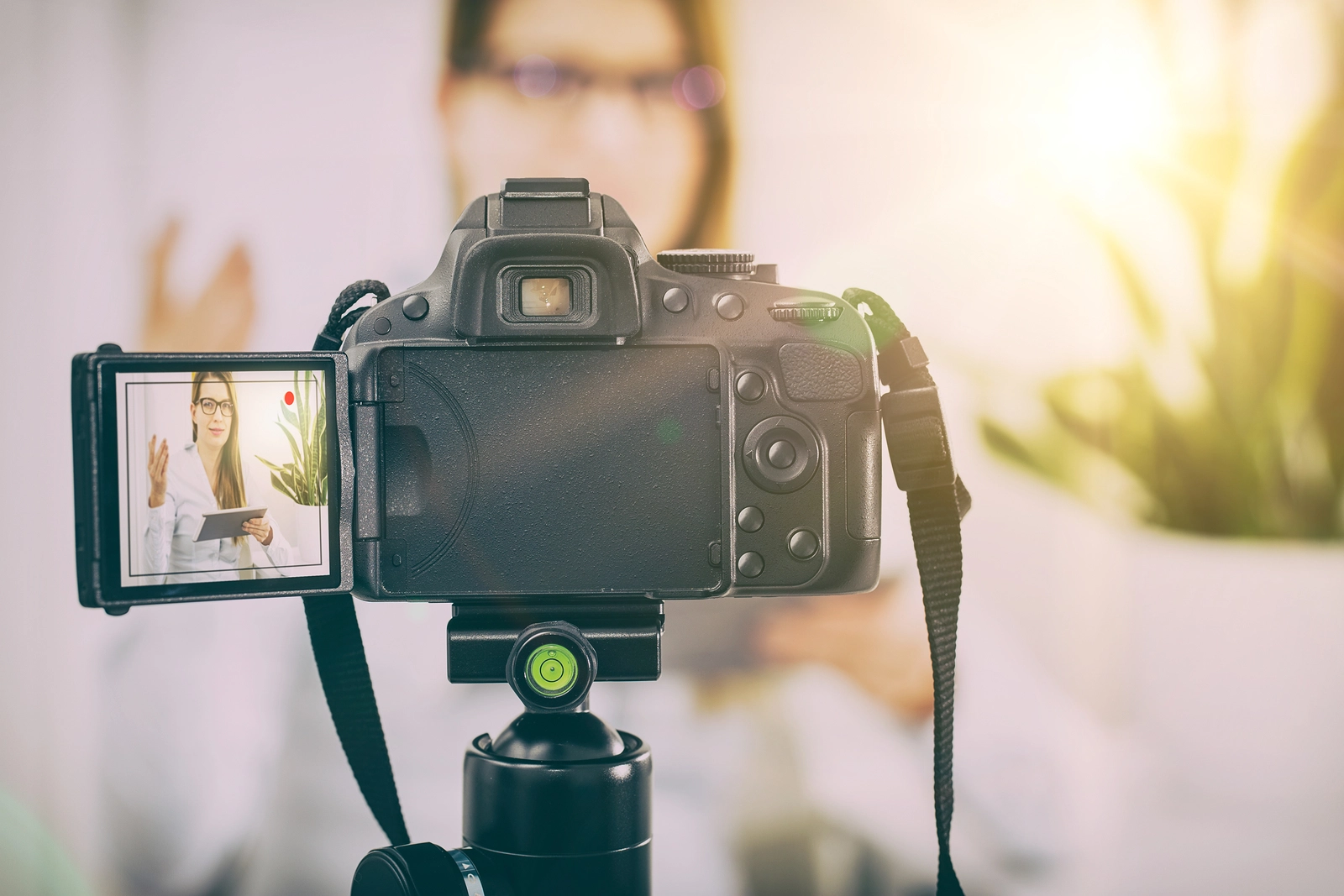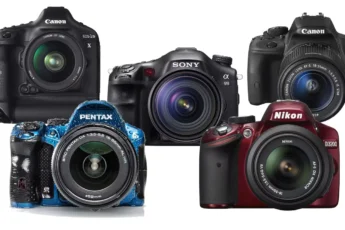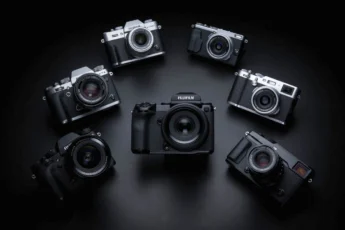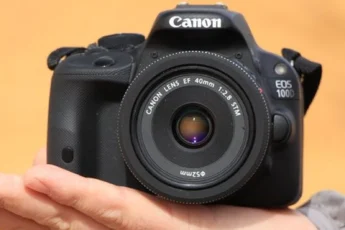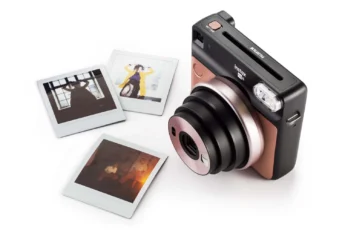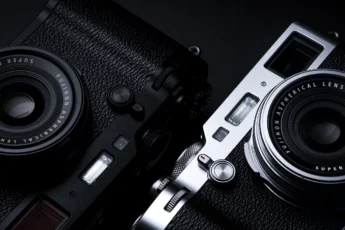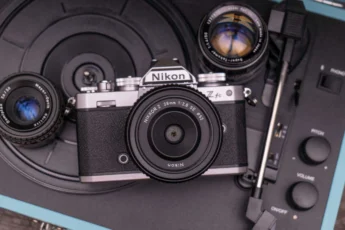In 2024, content creators have an exciting array of camera options to choose from when looking to produce high-quality videos. As online video continues to grow in popularity across platforms like YouTube, TikTok, Instagram and more, having the right camera has become increasingly important for creators looking to make engaging content.
With so many cameras on the market boasting impressive specs and features, it can be overwhelming trying to determine which one best fits your budget and creative needs. That’s why in this comprehensive guide, we’ll be exploring the key things for content creators to consider when choosing a camera in 2024, outlining the most important features to look for, and providing specific camera recommendations across various price points.
- Importance of Choosing the Right Camera for Content Creation
- Considerations for Content Creators in 2024
- Key Features to Look for in Cameras
- Video Quality and Resolution
- Low-Light Performance
- Autofocus Capabilities
- Image Stabilization Technology
- Top Camera Picks for Content Creators in 2024
- Fujifilm X-S20
- Features and Advantages
- Sample Content Created with the Camera
- Panasonic S5 II
- Features and Advantages
- Sample Content Created with the Camera
- Canon EOS R6
- Features and Advantages
- Sample Content Created with the Camera
- Sony A7 IV
- Features and Advantages
- Sample Content Created with the Camera
- Comparing the Best Cameras
- Video Quality Comparison
- Low-Light Performance Comparison
- Autofocus Comparison
- Image Stabilization Comparison
- Conclusion
Importance of Choosing the Right Camera for Content Creation
While creativity and good content ideas are crucial for any successful creator, having the right camera equipment plays a pivotal role in bringing your vision to life with production quality that meets modern standards.
A camera with limited video resolution and frame rates, poor low light capabilities, lackluster autofocus, or no in-body stabilization can significantly hold back the quality of your videos. This can negatively impact things like view count, watch time, and subscriber growth.
On the other hand, investing in a capable camera provides you with more flexibility and control over the look of your content. You’ll be able to produce videos that look and sound professional, grab viewer attention, and truly showcase your abilities as a creator.
Considerations for Content Creators in 2024
The camera landscape is advancing rapidly. When deciding what camera to buy in 2024, there are a few key developments to keep in mind:
- Higher video resolutions becoming more common – Cameras shooting 4K and even 6K video are now available even at lower price points.
- Improved frame rates for smooth slow motion – High frame rates like 120 fps or more in FHD and 4K allow for cinematic slow motion.
- Faster autofocus with better subject tracking – AF systems now use machine learning for reliable focus in video.
- More effective in-body and lens stabilization – Allows for smooth handheld video without gimbals.
- Better low light performance – High ISO ranges, larger sensors, and improved noise reduction deliver clean video even when lighting isn’t ideal.
When researching cameras, be sure to look for the latest tech advancements in these areas that meet your specific needs as a content creator.
Key Features to Look for in Cameras
Video Quality and Resolution
One of the most important camera specifications for video content creators is video resolution and frame rates. For YouTube and social media in 2024, 4K resolution at 30 fps is the baseline standard for professional quality video.
Many of the latest cameras offer 4K 60p recording and beyond, allowing you to capture extremely smooth, detailed footage or slow motion at lower frame rates. Codecs like H.264 and H.265 HEVC compress video efficiently while preserving quality.
Higher 6K and 8K resolutions are also gaining traction. While not necessary for most, they provide flexibility for cropping footage and future-proof your content as displays continue to increase in resolution.
Low-Light Performance
The ability to shoot quality footage in dim lighting is hugely beneficial for content creators. Situations like filming at night or in dark indoor settings are very common.
For low light, you want a camera with a large image sensor, wide ISO range (at least 12,800 but ideally over 50,000), and effective built-in noise reduction. This allows you to capture clean, colorful video even with minimal available light.
Additional features like bright lenses with wide maximum apertures give you more creative exposure options in low light as well.
Autofocus Capabilities
Reliable, fast autofocus is critical for video. Look for DSLR, mirrorless, or cinema cameras that leverage on-sensor phase detection for smooth focus transitions.
Subject tracking and face/eye AF ensures you stay in focus even with movement. This is great for equipment reviews, travel vlogs, or interviews. Consider deep learning AF as well for more accuracy.
Make sure to test AF performance in video previews to ensure continuous autofocus and subject tracking meet your needs.
Image Stabilization Technology
Cameras with strong in-body or lens-based stabilization help you capture smooth, professional-looking handheld footage without needing gimbals or other stabilizing gear.
Optical stabilization compensates for vertical and horizontal shake. Combining both sensor-shift and optical stabilization provides the best overall stabilization for handheld video.
When viewing camera specs, look for 5 or more exposure stops of compensation which indicates solid performance. This allows for steadier handheld video while walking, in motion, or in other unstable conditions.
Top Camera Picks for Content Creators in 2024
Fujifilm X-S20
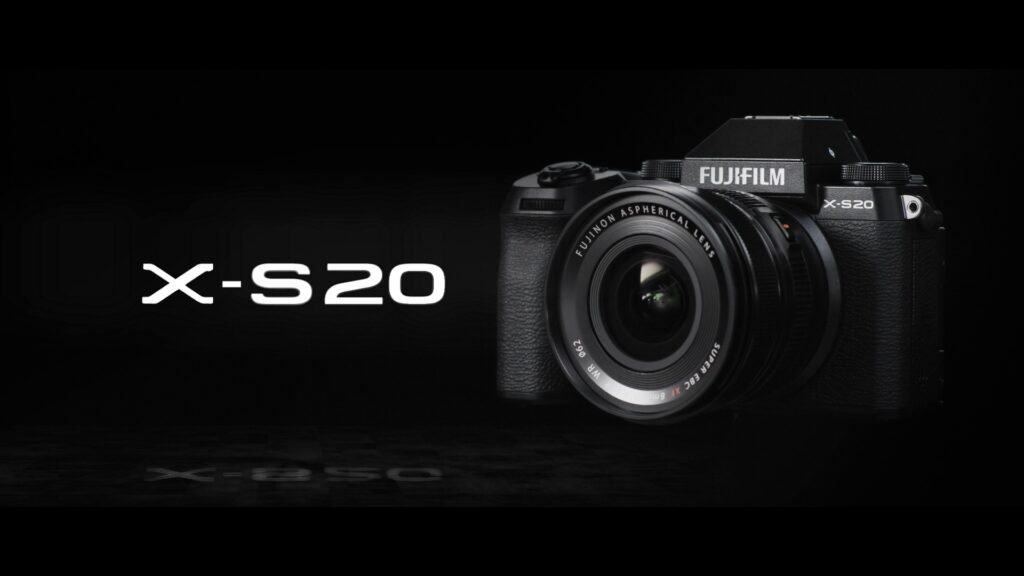
Features and Advantages
The retro-styled Fujifilm X-S20 mirrorless digital camera packs a punch for video creators thanks to its 26MP APS-C X-Trans sensor and speedy image processor. It captures oversampled DCI and UHD 4K video at 30p with rich color straight out of camera courtesy of Fujifilm’s legendary color science.
Five-axis in-body stabilization provides up to 6.5 stops of shake correction for smooth handheld shooting. The vari-angle touchscreen LCD, extensive physical controls, and excellent autofocus tracking round out the X-S20 as a compelling hybrid for both stills and video.
Sample Content Created with the Camera
Here is an example travel film shot with the Fujifilm X-S20 showcasing its video resolution and stabilization:
As you can see from the footage, the X-S20 provides excellent sharpness and dynamic range when shooting handheld 4K video out on location. Skin tones also appear natural thanks to Fujifilm’s renowned color science.
Panasonic S5 II
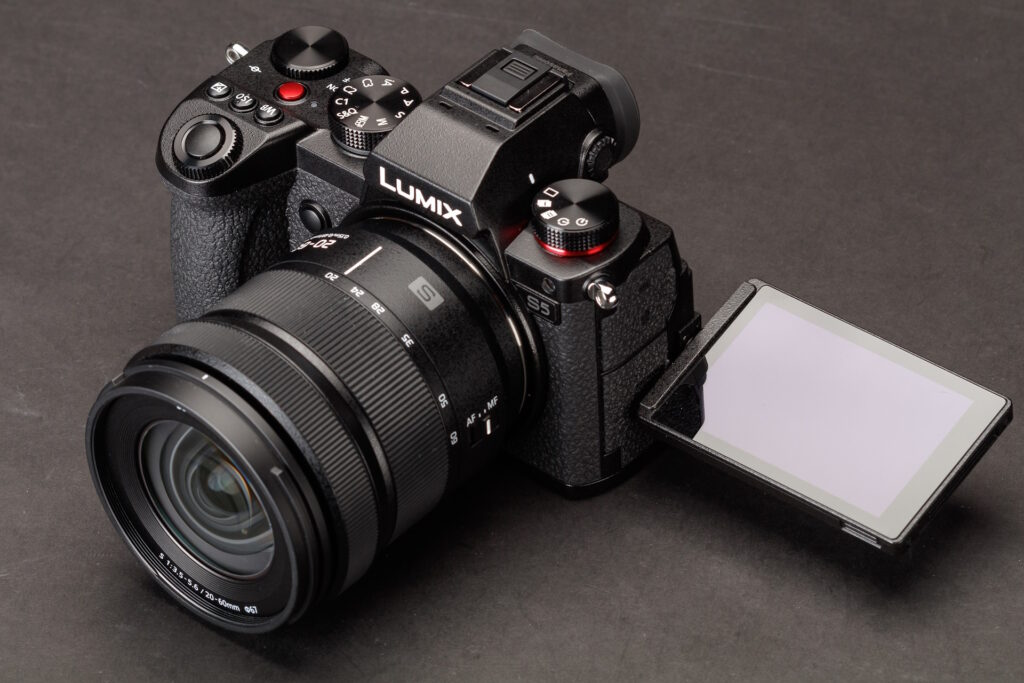
Features and Advantages
Panasonic’s video-centric Lumix DC-S5 II mirrorless camera is a compact, lightweight option perfect for content creators needing advanced, versatile video. It captures cinema-quality 4K 60p internal video in 10-bit 4:2:2 color for rich footage.
Dual native ISO, 7 stops of body stabilization, and excellent low light AF make it adaptable when filming in dim conditions. Waveform monitors, LUTs, and an articulating LCD provide advanced creative controls.
Sample Content Created with the Camera
Here is a sample tech product review filmed with the Panasonic Lumix DC-S5 II:
Check out the excellent dynamic range and color rendition when shooting 4K 60p with 10-bit color depth. Focus transitions are smooth and accurate when panning between subjects. The stabilization also allows for nice handheld movement without excessive shake.
Canon EOS R6
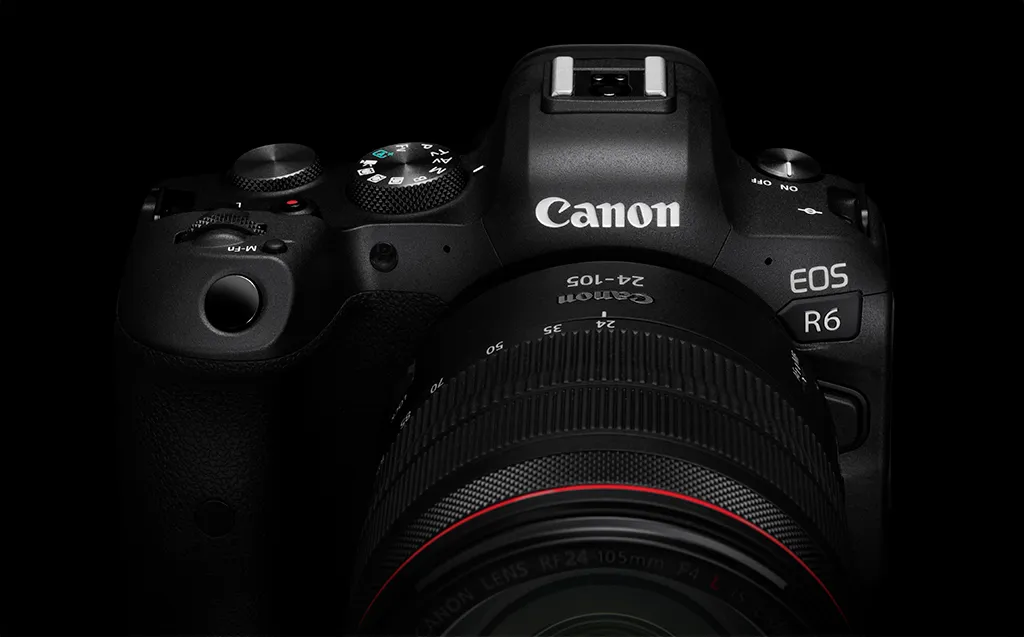
Features and Advantages
Canon’s EOS R6 delivers an enticing mix of resolution and speed for multimedia creators. Its 20MP full-frame CMOS sensor captures beautiful 4K 60p video, while the DIGIC X processor enables quick continuous shooting. Dual pixel AF II provides fast, accurate focus when recording.
The R6 shares impressive stabilization, durable build quality, and a similar control layout to Canon’s more premium EOS R models but at a lower price point. This makes it a very capable yet affordable hybrid camera for enthusiast and semi-pro video shooters.
Sample Content Created with the Camera
Here’s a sample beauty tutorial filmed with the Canon EOS R6 in 4K 60p showcasing the camera’s video resolution, color reproduction, and stabilization:
Skin tones look natural and accurate straight out of camera thanks to Canon’s color science. Slow-motion glamour shots display excellent fine detail. Continuous autofocus transitions smoothly between subjects when filming the presenter.
Sony A7 IV
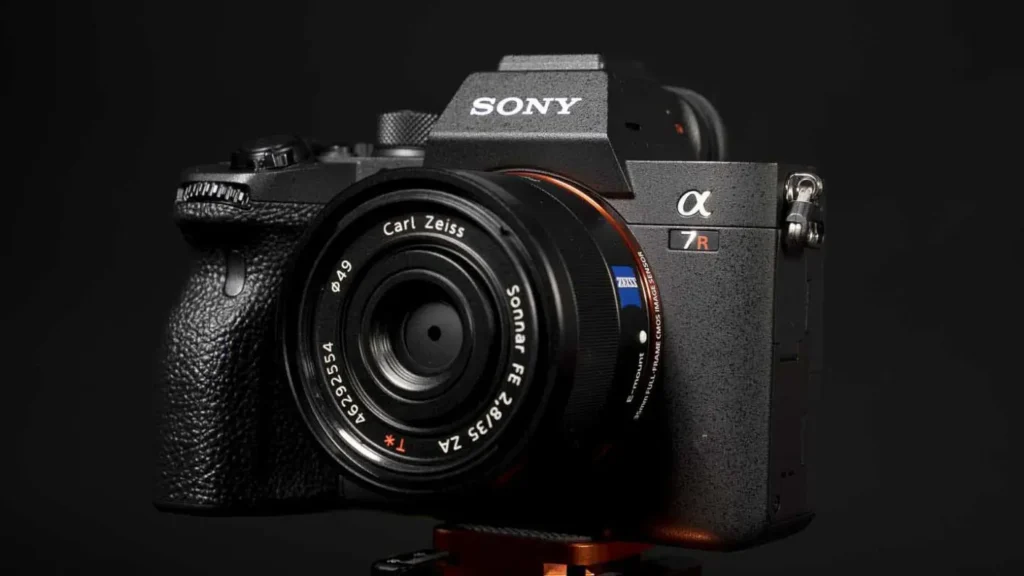
Features and Advantages
Sony’s A7 IV mirrorless camera brings exceptional resolution and speed for both photo and video content creators. It captures rich oversampled 4K 30p video from its advanced 33MP full-frame Exmor R BSI CMOS sensor. The powerful BIONZ XR processor enables responsive, reliable performance.
In addition to speed, the A7 IV brings class-leading autofocus and stabilization to the table. Real-time tracking AF paired with 10 fps continuous shooting allows you to capture stunning action video. 5-axis stabilization provides fluid handheld footage across a wide range of focal lengths.
Sample Content Created with the Camera
Check out this sample action sports video filmed with the Sony A7 IV:
Crisp 4K video showcases fine details even when heavily cropped. Continuous tracking autofocus keeps the athlete in sharp focus even during fast movement and aerials. Five stops of stabilization produce stable video without jitter despite rapid panning and running footage.
Comparing the Best Cameras
Video Quality Comparison
The Panasonic S5 II captures the most advanced video quality of the group with internal 4K 60p 10-bit 4:2:2 recording. But the Fujifilm X-S20, Canon EOS R6, and Sony A7 IV all produce crisp, professional-level oversampled 4K footage. Sony has a slight edge for flexibility with high resolution 33MP sensors allowing for more aggressive cropping.
Low-Light Performance Comparison
The full-frame sensors in the Canon EOS R6 and Sony A7 IV make them the top performers in dim conditions. But the dual native ISO and advanced processing of the Panasonic S5 II allow it to punch above its weight for a micro four-thirds camera. The APS-C Fujifilm model trails slightly behind in low light due to its smaller sensor.
Autofocus Comparison
The Canon and Sony models offer the most advanced autofocus for video. Canon’s acclaimed Dual Pixel AF II provides reliable focus across a wide area of the frame, while Sony’s real-time tracking AF excels at sticking to and following your subject. Panasonic and Fujifilm lag just behind but still offer highly capable focus.
Image Stabilization Comparison
For in-body stabilization, the Panasonic S5 II leads the pack with 7 stops of correction. The Fujifilm X-S20 also impresses with 6.5 stops thanks to its sensor-shift technology. The Canon R6 and Sony A7 IV still provide 5+ stops of stabilization for excellent handheld video.
Conclusion
Ultimately any of these four cameras make fantastic options for video content creators in 2024. The Panasonic Lumix DC-S5 II offers the most videography-oriented feature set, while the Canon EOS R6 and Sony A7 IV provide incredible hybrid performance for both photo and video.
The retro style Fujifilm X-S20 punches above its weight with professional 4K quality, speedy autofocus, and great stabilization packed into a compact mirrorless body. It makes for an affordable yet highly capable camera for YouTubers and vloggers.
Be sure to take your specific needs and budget into account when deciding which advanced mirrorless or DSLR camera to invest in this year. But you can rest assured that all four of these models will take your channel to the next level with professional-quality video content.

